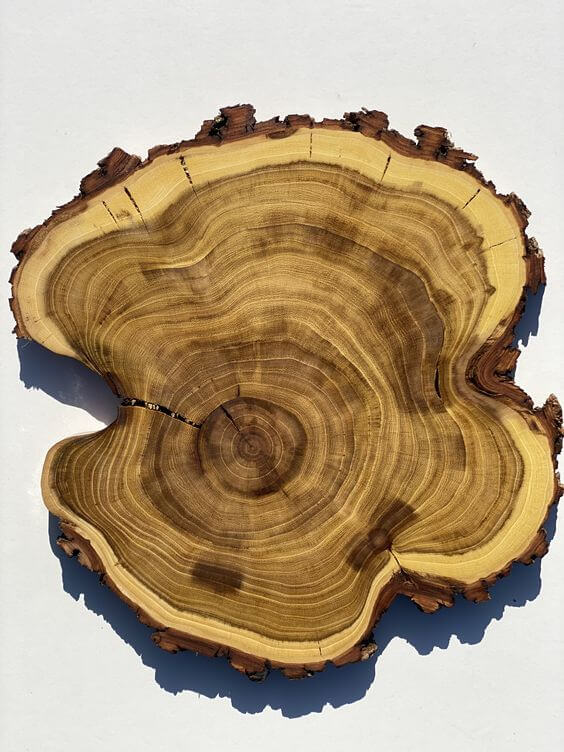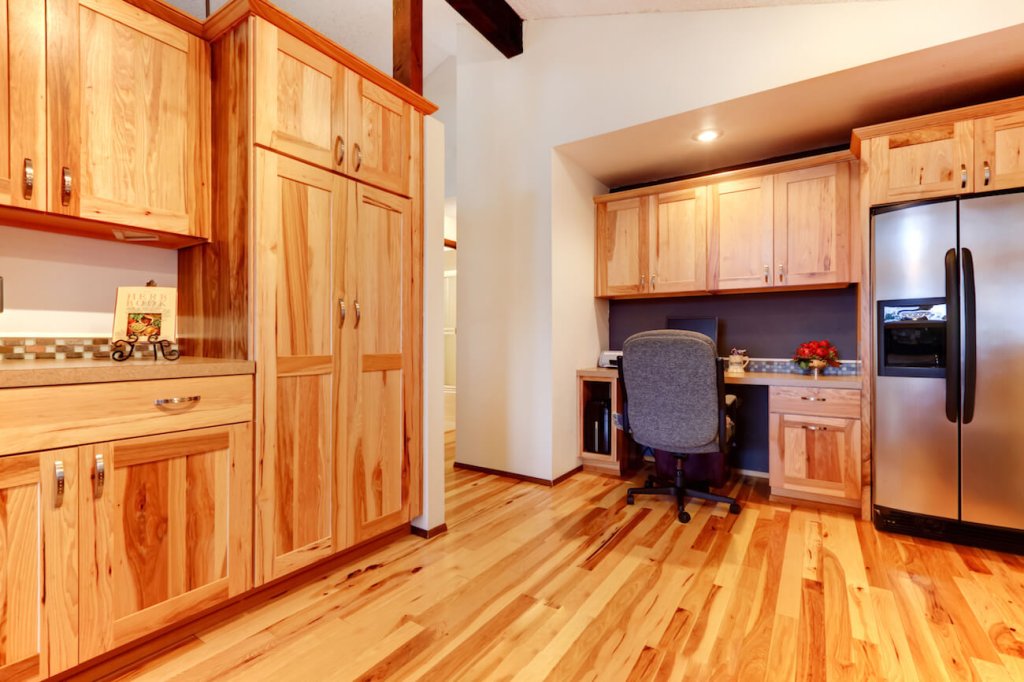Many people love acacia wood because it has so many great qualities. It is strong and looks beautiful, which can make any project look better. Because it is eco-friendly, it is a good choice for people who care about the environment.
The question that comes up, though, is whether these benefits come at a high cost. This article will look into what affects the price of acacia wood, helping you understand how much it costs and whether it’s a good buy for your woodworking projects.
To fully understand how the price of acacia wood changes over time, one must carefully look at many factors, such as the type of acacia tree used, how it is sourced, graded, processed, readily available, and environmentally friendly ways.
Weighing your options? Understand the pros and cons of acacia wood in our latest article.
Learning About Acacia Wood

Acacia plants are native to many places worldwide, such as parts of Asia, Africa, and Australia. There are many kinds of trees in the genus Acacia, which includes these. This kind of wood from acacia trees is valuable because it has a unique mix of qualities that make it useful both inside and outside.
Factors Affecting Acacia Wood Cost
1. Acacia Species
There are many kinds of acacia, and each has its traits. The price of some species can change because they are easier to find and more common. Some acacia species may be more expensive because they are rare or hard to find.
2. Sustainability and Sourcing
Where the acacia wood comes from and how long it lasts are two important factors that affect its price. Sustainably and responsibly harvested acacia wood may cost more because it follows good forest management methods and keeps the resources alive for a long time.
3. Grade and Quality
Acacia is rated like many other woods based on how good it looks and how well it is made. Most of the time, better quality acacia wood costs more because its color and structure are more uniform. This kind of wood is often used to make high-end furniture and cabinets.
4. Processing and Finishing
The processing and finishing of acacia wood may be extra. Kiln drying can add to the cost because it makes the product more subtle. The price can also change based on your chosen product, like natural oil or polyurethane.
5. Availability
The price of acacia wood can be affected by how easy it is to find in a certain area. In places with lots of acacia trees, the wood might be cheaper because it doesn’t have to be transported as far.
Is Acacia Wood Worth the Investment?
These things can make a big difference in how much acacia wood costs. Even though it may cost more than some other trees, there are several reasons why it is a good investment:
1. Dependability
Acacia wood is known for being long-lasting and resistant to water, so it can be used both inside and outside. Its natural oils form a shield that keeps decay and bugs out.
2. Looks
One of the best things about acacia wood is how naturally beautiful it is. A lot of the time, it has unique grain designs and warm, rich colors that make furniture and floors look better.
3. Eco-Friendliness
Acacia wood is eco-friendly if it is found responsibly. Acacia grown on plantations can be removed in a way that doesn’t harm the environment.
4. Versatility
Acacia wood is very flexible, which means it can be used for many different projects, from fancy dinner tables to patio furniture outside and even kitchen countertops.
5. Longevity
Acacia wood can last for many years if you take care of it and keep it in good shape. It is a good long-term investment for your home or outdoor living space.
Conclusion
Finally, acacia wood might cost more than some other materials, but its special features and benefits make it a great choice for people who want something that looks good and lasts a long time.
If you’re thinking about using acacia for decks or furniture inside, you should think about how much it costs in terms of how long it will last and how unique it will look.
Acacia wood that is found responsibly is not only an investment in your home but also in sustainable forest practices and a greener future.
Frequently Asked Questions
Why Would You Want to Use Acacia Wood for Your Craft Projects?
Acacia wood has many benefits, such as being very durable, resistant to water and bugs, having a wide range of beautiful grain patterns, and being eco-friendly when it is gathered responsibly. It’s also known for being able to be used both indoors and outdoors.
Do You Know Any Bad Things About Using Acacia Wood?
Even though acacia wood has many benefits, it’s important to consider what could go wrong. People often worry that it costs more than other types of wood. Additionally, acacia wood can be hard, which can make it harder to work with for some woodworkers. Before picking acacia wood for a job, it’s important to know these things.
How Can I Be Sure that The Acacia Wood I Buy Comes from a Sustainable Source?
Look for approvals from the Forest Stewardship Council (FSC) or the Rainforest Alliance to ensure that the acacia wood you buy comes from a sustainable source. These labels show that the wood was cut down using eco-friendly logging methods that help keep natural areas safe.
What are Some Ways to Keep Acacia Wood Furniture in Good Shape?
Clean your acacia wood furniture often with a light, soapy solution and a soft brush or cloth to keep it in good shape. Use a sealer or protection on the wood to keep it from absorbing water and to protect it from the weather.
Be sure to check out these other posts for more fascinating insights:

